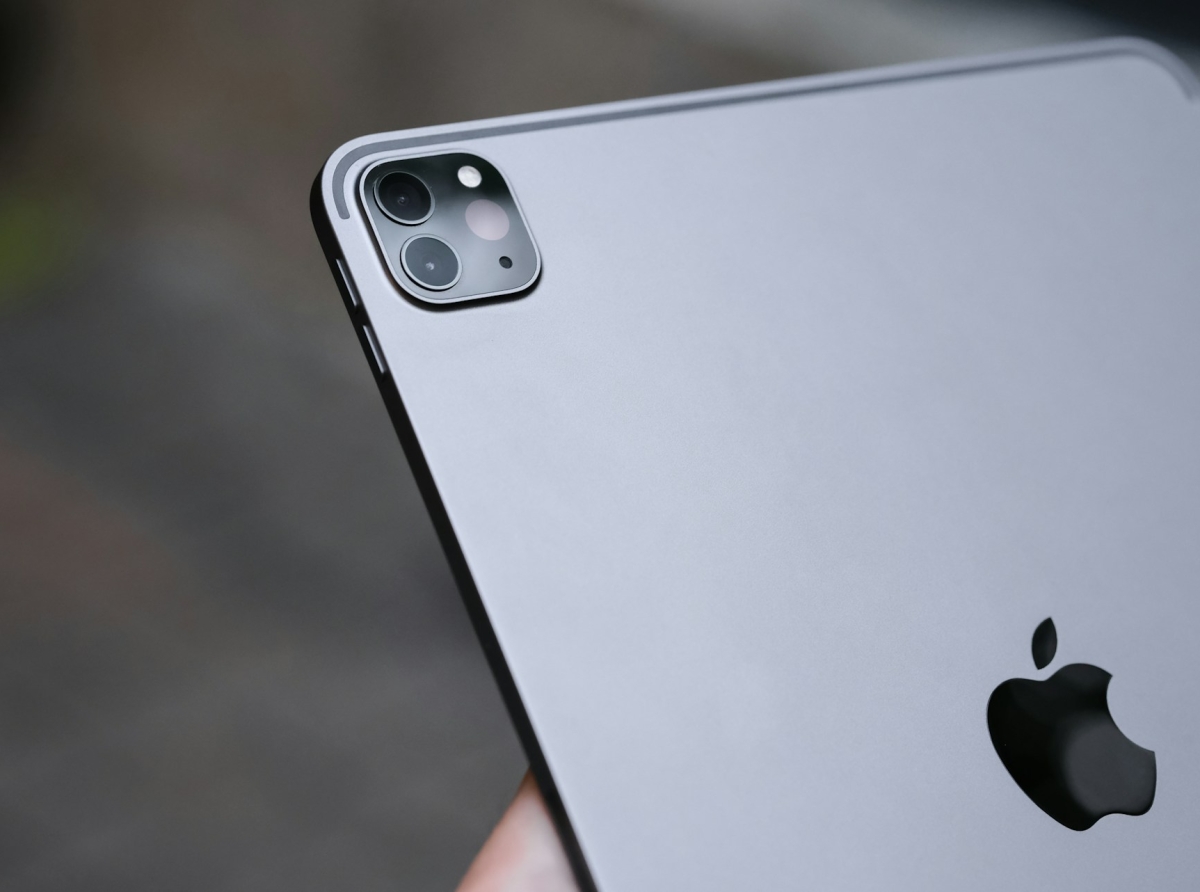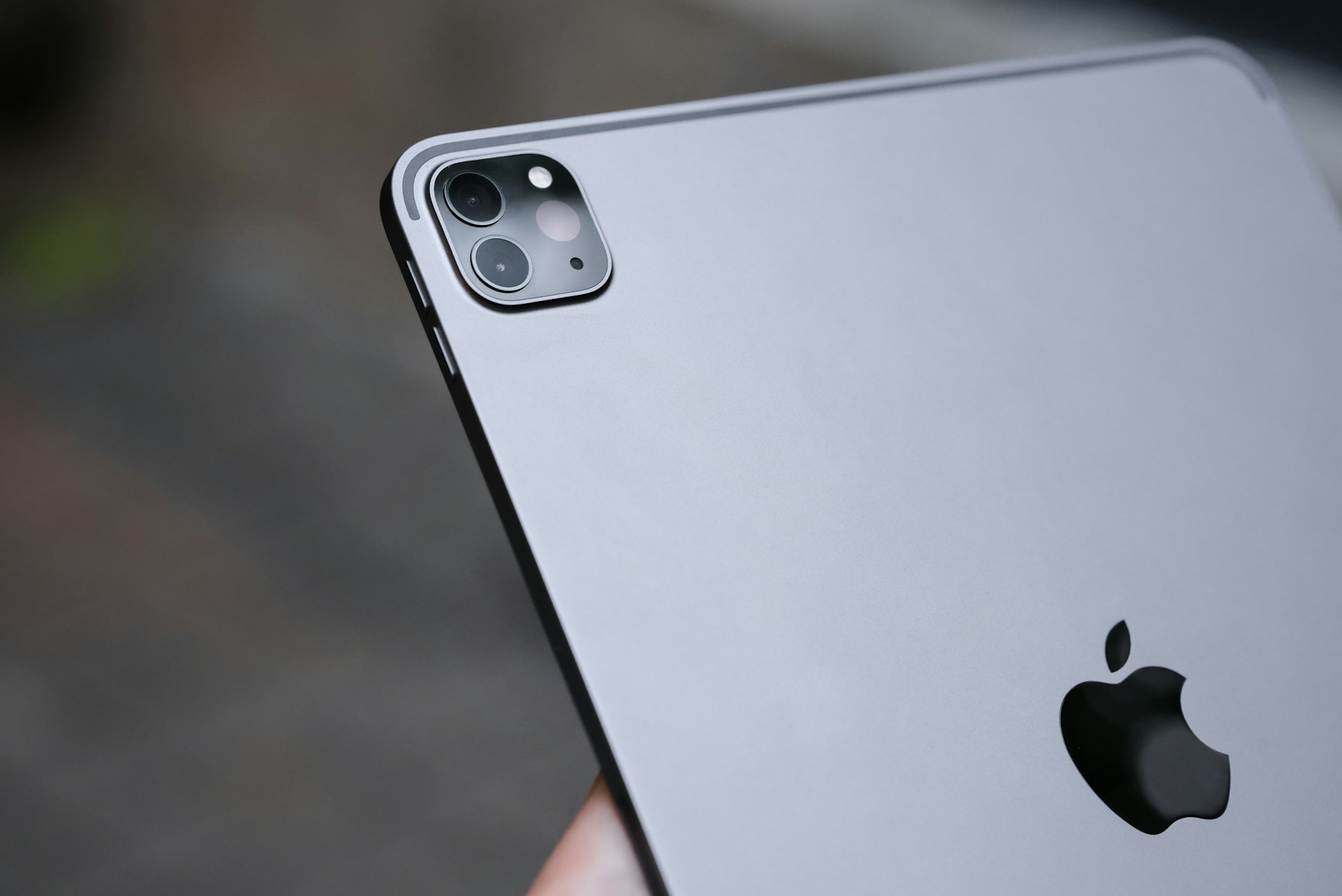How Much Would an ‘American-Made’ iPhone Cost?

How Much Would an ‘American-Made’ iPhone Cost?
The idea of an "American-made" iPhone has been floated as a potential solution to bring manufacturing back to the U.S. and reduce reliance on overseas production, particularly in China. However, experts warn that such a move would come with significant challenges and costs. The White House, under former President Donald Trump, argued that the U.S. has the workforce and resources to produce iPhones domestically.
But how realistic is this vision, and what would it truly cost?
Let’s break down the factors that make an American-made iPhone not only improbable but potentially prohibitively expensive.
But how realistic is this vision, and what would it truly cost?
Let’s break down the factors that make an American-made iPhone not only improbable but potentially prohibitively expensive.

How Much Would an ‘American-Made’ iPhone Cost?
Why the Idea of an American-Made iPhone Emerged
The push for domestic manufacturing gained momentum during the Trump administration, which emphasized reducing trade deficits and bringing jobs back to the United States. In response to escalating tensions with China and concerns over global supply chains, the administration proposed tariffs on Chinese imports and encouraged companies like Apple to shift production to the U.S.Apple, however, relies heavily on its intricate global supply chain, with most components sourced from Asia and final assembly conducted in countries like China, where labor costs are significantly lower. Moving production to the U.S. would require a complete overhaul of this system, raising questions about feasibility and affordability.
The Challenges of Producing iPhones in the U.S.
1. Higher Labor CostsOne of the primary reasons Apple outsources production to countries like China is the availability of low-cost labor. Manufacturing electronics is labor-intensive, requiring skilled workers for assembly, testing, and quality control. In the U.S., wages for factory workers are substantially higher than in China. Analysts estimate that labor costs alone could increase the price of an iPhone by 25% if production were moved stateside.
For example, the average hourly wage for a manufacturing worker in the U.S. is around 25, compared to less than 4 per hour in China. This disparity means that even basic assembly tasks would become far more expensive, driving up the overall cost of the device.
2. Lack of Specialized Infrastructure
Producing iPhones involves highly specialized processes, including precision machining, advanced robotics, and intricate assembly lines. While the U.S. has a strong industrial base, much of its manufacturing capacity focuses on sectors like automotive or aerospace—not consumer electronics. Building the infrastructure necessary to support iPhone production would require billions of dollars in investment.
Additionally, many suppliers integral to iPhone manufacturing, such as those producing semiconductors, camera modules, and displays, are located in Asia. Relocating these suppliers to the U.S. or finding domestic alternatives would add further complexity and expense.
3. Economies of Scale
China’s dominance in electronics manufacturing stems from its ability to achieve economies of scale. With vast factories and millions of workers dedicated to producing smartphones, China can manufacture devices at a fraction of the cost compared to smaller-scale operations elsewhere. Replicating this efficiency in the U.S. would be nearly impossible without massive subsidies or government intervention.
Producing iPhones involves highly specialized processes, including precision machining, advanced robotics, and intricate assembly lines. While the U.S. has a strong industrial base, much of its manufacturing capacity focuses on sectors like automotive or aerospace—not consumer electronics. Building the infrastructure necessary to support iPhone production would require billions of dollars in investment.
Additionally, many suppliers integral to iPhone manufacturing, such as those producing semiconductors, camera modules, and displays, are located in Asia. Relocating these suppliers to the U.S. or finding domestic alternatives would add further complexity and expense.
3. Economies of Scale
China’s dominance in electronics manufacturing stems from its ability to achieve economies of scale. With vast factories and millions of workers dedicated to producing smartphones, China can manufacture devices at a fraction of the cost compared to smaller-scale operations elsewhere. Replicating this efficiency in the U.S. would be nearly impossible without massive subsidies or government intervention.
How Much Would an American-Made iPhone Cost?
Analysts have offered varying estimates of how much an iPhone produced entirely in the U.S. might cost:1. A 25% Price Increase
According to one estimate, simply accounting for higher labor costs in the U.S. could raise the price of an iPhone by approximately 25%. For instance, the base model of the iPhone 15, priced at 799,couldjumptonearly1,000—a significant increase that might deter budget-conscious consumers.
2. A Staggering $3,500 Price Tag
Another analyst took a more comprehensive approach, factoring in not just labor but also the costs of relocating suppliers, building new factories, and maintaining quality standards. This analysis suggested that an American-made iPhone could cost as much as $3,500—more than four times the current price of some models. Such a premium would place iPhones out of reach for most consumers, undermining their mass-market appeal.
Broader Implications for Apple and Consumers
1. Impact on Apple’s Business Model
Apple’s success hinges on its ability to deliver high-quality products at relatively competitive prices. Shifting production to the U.S. would disrupt this balance, forcing the company to either absorb the additional costs or pass them on to consumers. Both scenarios pose risks: absorbing the costs would shrink profit margins, while raising prices could lead to a decline in sales.
Moreover, Apple’s brand is built on innovation and accessibility. An exorbitantly priced iPhone might alienate loyal customers and erode the company’s market share.
2. Consumer Backlash
Even patriotic sentiments may not be enough to convince Americans to pay significantly more for an iPhone. Many consumers prioritize affordability and value over where a product is made. Unless the price difference is negligible, demand for an American-made iPhone could fall short of expectations.
3. Geopolitical Considerations
While reshoring production might align with political goals, it could strain diplomatic relations with key trading partners like China. Disrupting the existing supply chain could also leave Apple vulnerable to disruptions caused by natural disasters, labor shortages, or other unforeseen events.
Is There a Middle Ground?
Rather than fully relocating production to the U.S., Apple could explore partial reshoring or regional diversification. For example:Onshoring Critical Components: Producing certain components domestically while continuing to assemble devices overseas.
Expanding to Other Countries: Diversifying production across regions like India, Vietnam, or Mexico to reduce dependence on China without bearing the full cost of U.S.-based manufacturing.
Automation Investments: Increasing automation in factories to offset higher labor costs, though this requires substantial upfront investment.
These hybrid approaches could strike a balance between addressing geopolitical concerns and maintaining affordability for consumers.
Conclusion: The High Price of Patriotism
While the concept of an “American-made” iPhone sounds appealing in theory, the reality is far more complex—and costly. From skyrocketing labor expenses to the lack of specialized infrastructure, producing iPhones domestically presents numerous obstacles. Analysts predict that such a move could increase prices by 25% or even result in a staggering $3,500 price tag, making the devices unaffordable for many.
Ultimately, the decision to reshore iPhone production would require careful consideration of economic, logistical, and consumer-related factors. Without significant government subsidies or technological breakthroughs, an entirely American-made iPhone remains a distant dream rather than a practical solution. For now, Apple’s global supply chain continues to serve as the backbone of its success, balancing cost-efficiency with unparalleled quality.









Report
My comments